Why Does Raising These Animals Cost So Much?
You’re paying more because raising animals takes way more than just feed. Costs spike from expensive grains, climate disruptions, and disease outbreaks that force costly cullings. Humane methods demand extra land, labor, and better feeds, which add up fast. Plus, market limits and labor shortages drive prices even higher. If you want to understand all the factors behind these rising costs, there’s a lot more to uncover beyond the surface.
Key Takeaways
- Rising feed prices from grain shortages and climate impacts significantly increase animal raising costs.
- Humane farming requires expensive, high-quality feed and specialized infrastructure.
- Disease outbreaks and livestock cullings disrupt supply, raising production expenses.
- Climate change leads to droughts and supply chain disruptions, inflating feed and land costs.
- Labor-intensive, pasture-based systems demand more time, land, and workforce, driving up operational costs.
Rising Feed and Infrastructure Expenses
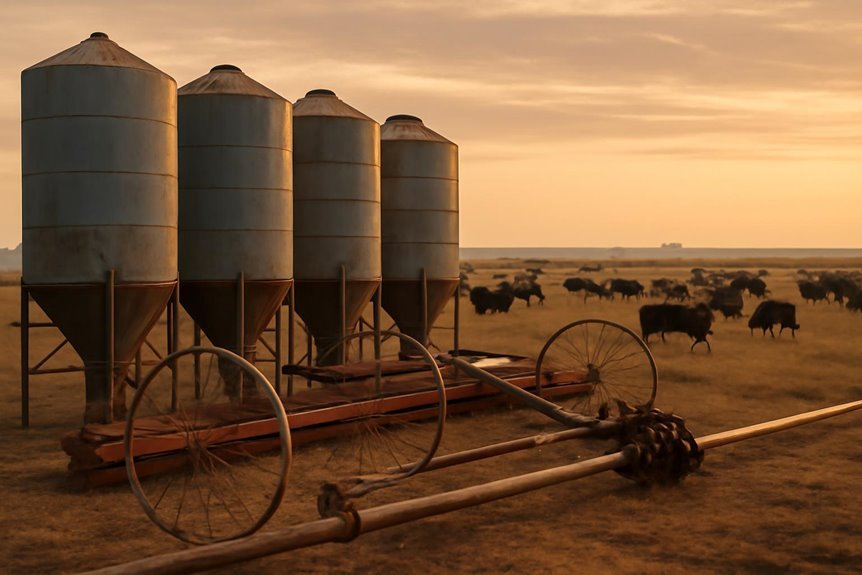
Although rising feed and infrastructure expenses pose challenges, understanding their causes can help you manage livestock costs more effectively. Rising feed costs primarily stem from increased grain and corn prices, driven by supply chain disruptions and climate change. If you run a small-scale farm, you’ll likely face higher feed prices since buying in smaller batches limits your bargaining power. Choosing humane animal farming methods also affects costs, as higher-quality, non-GMO feeds and infrastructure requirements—like better fencing and mobile housing—demand significant investment. Additionally, while grain-fed alternatives reduce time to market, prioritizing animal welfare through pasture or grass-fed systems increases land and time expenses. Recognizing these factors can help you make strategic decisions in livestock production to balance cost and ethical concerns.
Impact of Disease and Livestock Cullings
When disease outbreaks strike, they don’t just threaten animal health—they also drive up your costs considerably. Industrial animal farming faces major challenges from livestock cullings, which disrupt meat production and cause ripple effects. Here’s what you need to know:
- Disease outbreaks like avian influenza force mass cullings, slashing supply and spiking meat prices.
- Pandemic-related plant shutdowns led to livestock cullings, tightening supply while demand surged as restaurants reopened.
- Labor shortages slowed production, pushing prices higher as consumers are paying more for less meat.
- Beyond immediate losses, cullings destabilize markets and cause significant environmental impacts through waste and resource inefficiencies.
All these factors together mean you’re footing a bigger bill for animal products than ever before.
Effects of Climate Change on Production Costs
The rising costs from disease outbreaks and livestock cullings are only part of the challenge you face in animal farming. Climate change intensifies production costs by causing droughts that reduce cattle herds and spike feed prices. Since industrial meat production heavily relies on crops like corn and grain, any disruption from climate change directly impacts your supply chain. The invasion of Ukraine has worsened this by driving up feed grain prices, adding to your expenses. Meat production is the most climate-vulnerable sector in agriculture, making your business especially sensitive to these environmental shifts. As you keep raising animals, unpredictable weather and soaring feed costs push the price increase on meat higher. Ultimately, climate change is a key driver behind the escalating costs of raising animals today.
Market Dynamics and Price Inflation
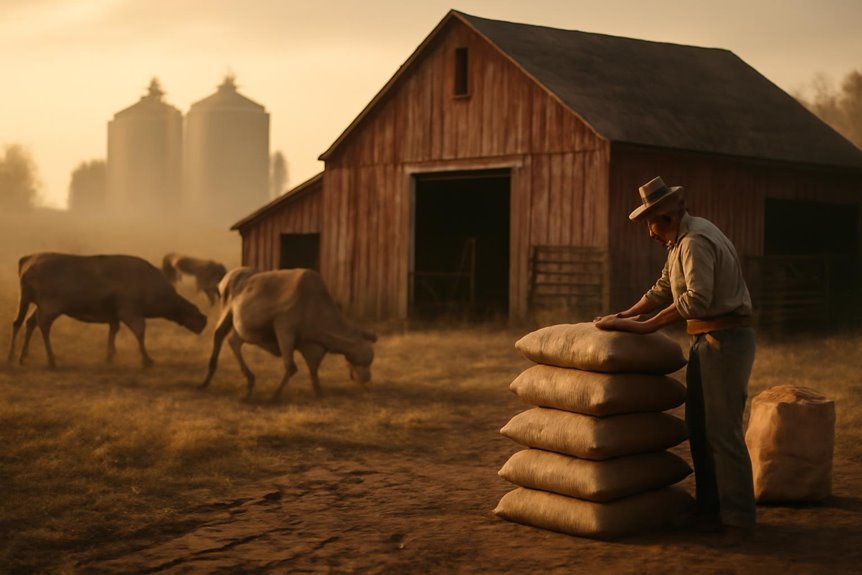
Since grocery prices have jumped by nearly 12% over the past year, you’ve likely noticed meat and egg costs climbing faster than other items. This price inflation ties directly to the complex market dynamics in animal farming and the meat industry. Here’s why:
Meat and egg prices have surged sharply, reflecting deeper shifts in farming and industry market dynamics.
- Supply shortages hit hard as avian flu culled millions of hens, and labor issues slowed meat production.
- The dominance of a few large companies limits competition, allowing them to raise prices at the grocery store.
- Costs of raising farmed animals humanely—like better feed and living conditions—push prices higher.
- Local farmers often face higher expenses, but their products reflect more sustainable, ethical practices.
Together, these factors create the rising costs you see when shopping for meat and eggs.
Labor and Land Requirements for Humane Practices
Although it may not be obvious at first glance, raising animals humanely demands more labor and land than conventional methods, which directly impacts costs. Humane practices often require considerably more land, especially for grass-fed cattle that take up to three years to reach market weight. This extended timeline increases land costs and ties up resources longer. You’ll also find that labor is more intensive on small farms, where daily pasture rotations and attentive animal care replace automated systems, raising operational costs. Additionally, investing in high-quality feed and specialized infrastructure, like mobile housing and fencing, further adds to expenses. These factors combine to make humane animal raising remarkably more costly, reflecting the true commitment behind ethical farming.
Frequently Asked Questions
Why Does It Cost so Much to Adopt an Animal?
You might think adopting an animal is like buying a horse in medieval times, but adoption fees cover veterinary expenses, shelter costs, training programs, food supplies, transportation fees, and licensing requirements, all essential for your new pet’s well-being.
What Are Three Reasons for the Increased Cost of Animal Care?
You’re facing higher costs because veterinary expenses and emergency care have gone up, feed prices keep rising, and housing requirements demand better facilities. Plus, insurance costs, transportation fees, and licensing regulations add to your total expenses.
What Is the Most Expensive Farm Animal to Raise?
You’ll find high maintenance breeds, like heritage chickens, the most expensive to raise due to their feed expenses, veterinary care, housing requirements, breeding challenges, insurance costs, and fluctuating market demand making them costly overall.
What Is the Most Profitable Animal to Raise?
Profit margins peak with popular livestock breeds, especially beef cattle, because market demand drives dollars. While startup costs, feeding expenses, and veterinary care add up, smart investment returns come from managing these factors carefully for consistent cash flow.

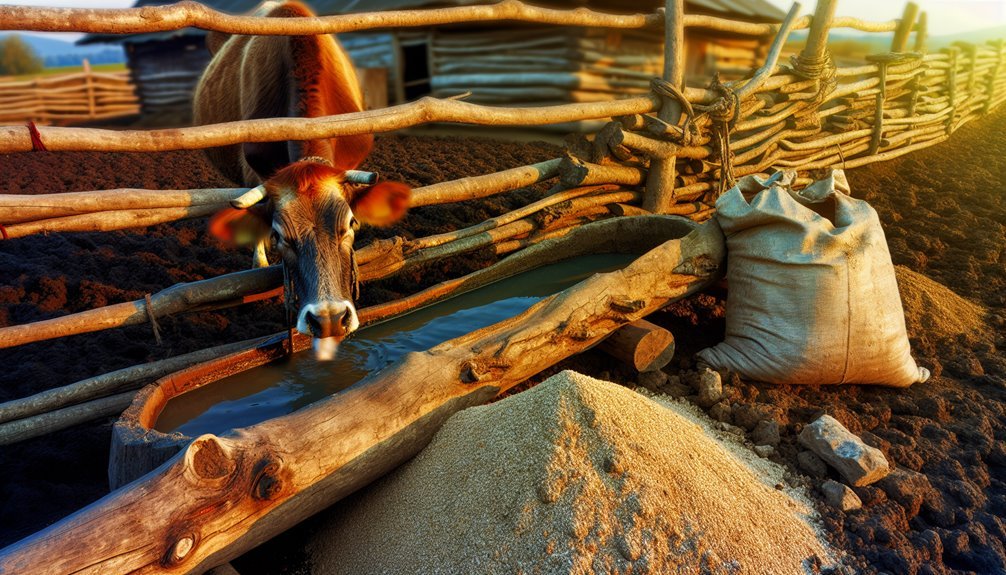
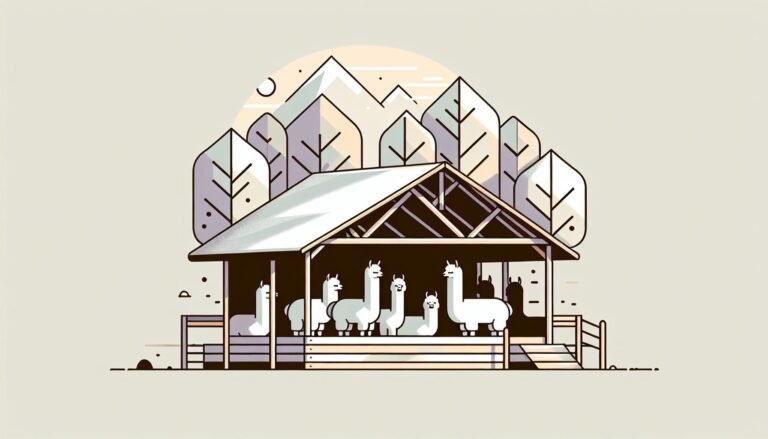
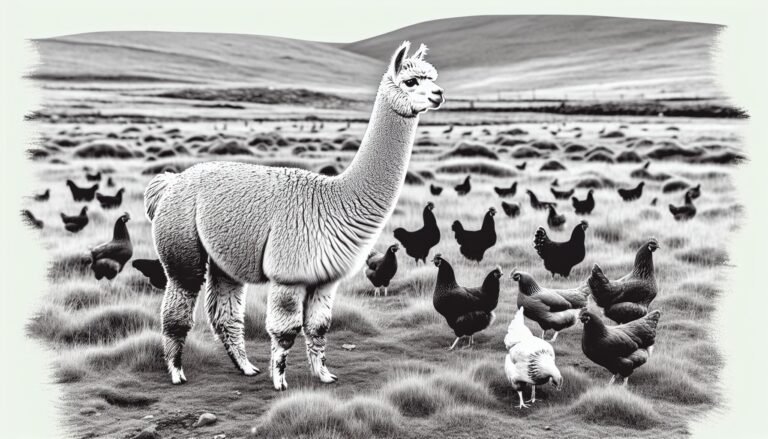

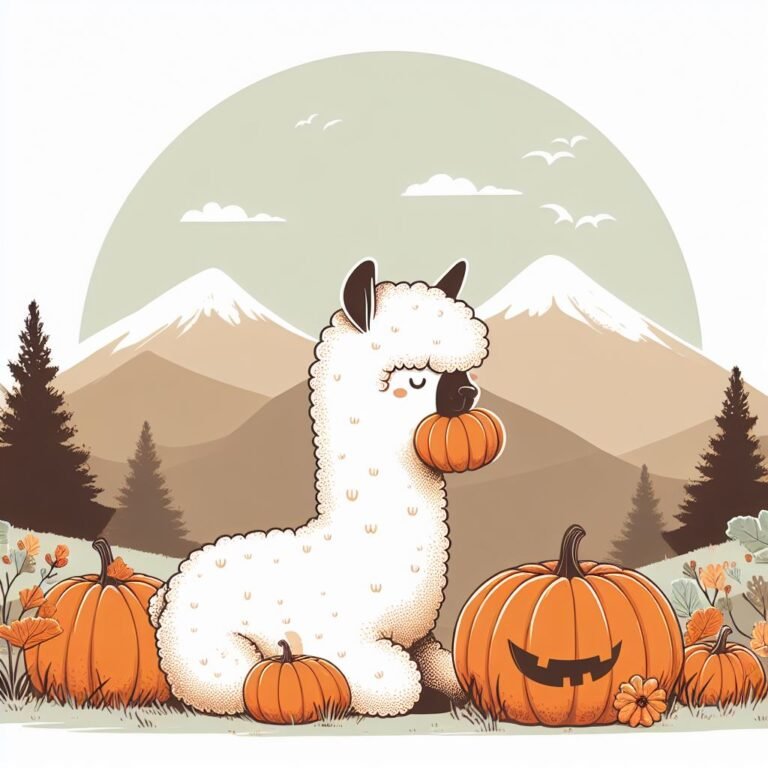
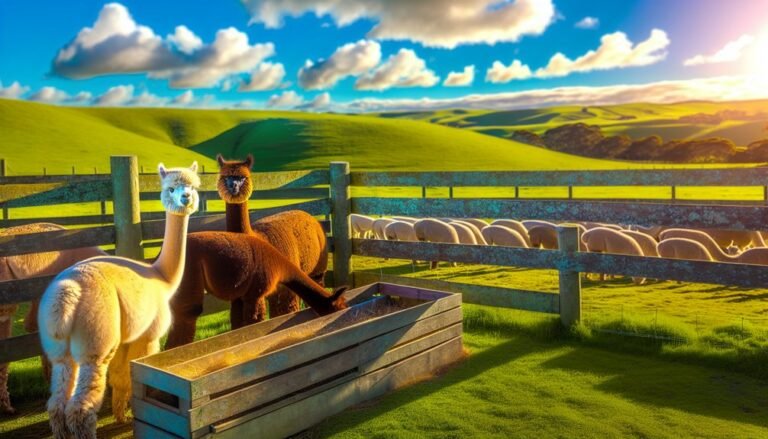
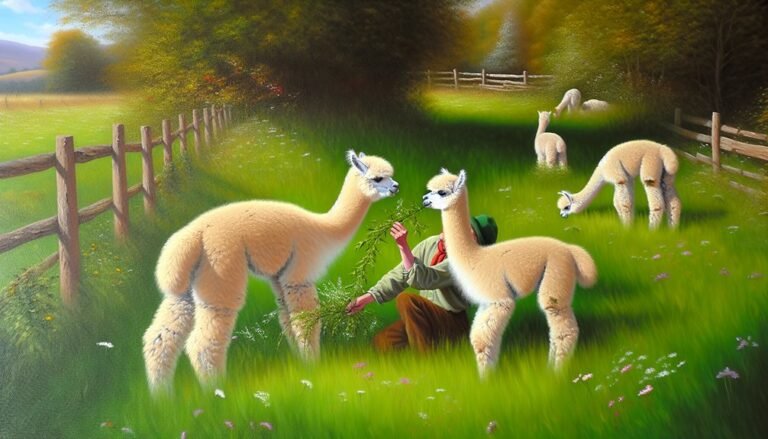
Our picks
Alpaca & Wool Felted Sole Inserts: Comfy Upgrade?
Best Alpaca Socks for Hiking: Ultimate Comfort and Durability on Trails
Best Alpaca Halter for Comfort and Control